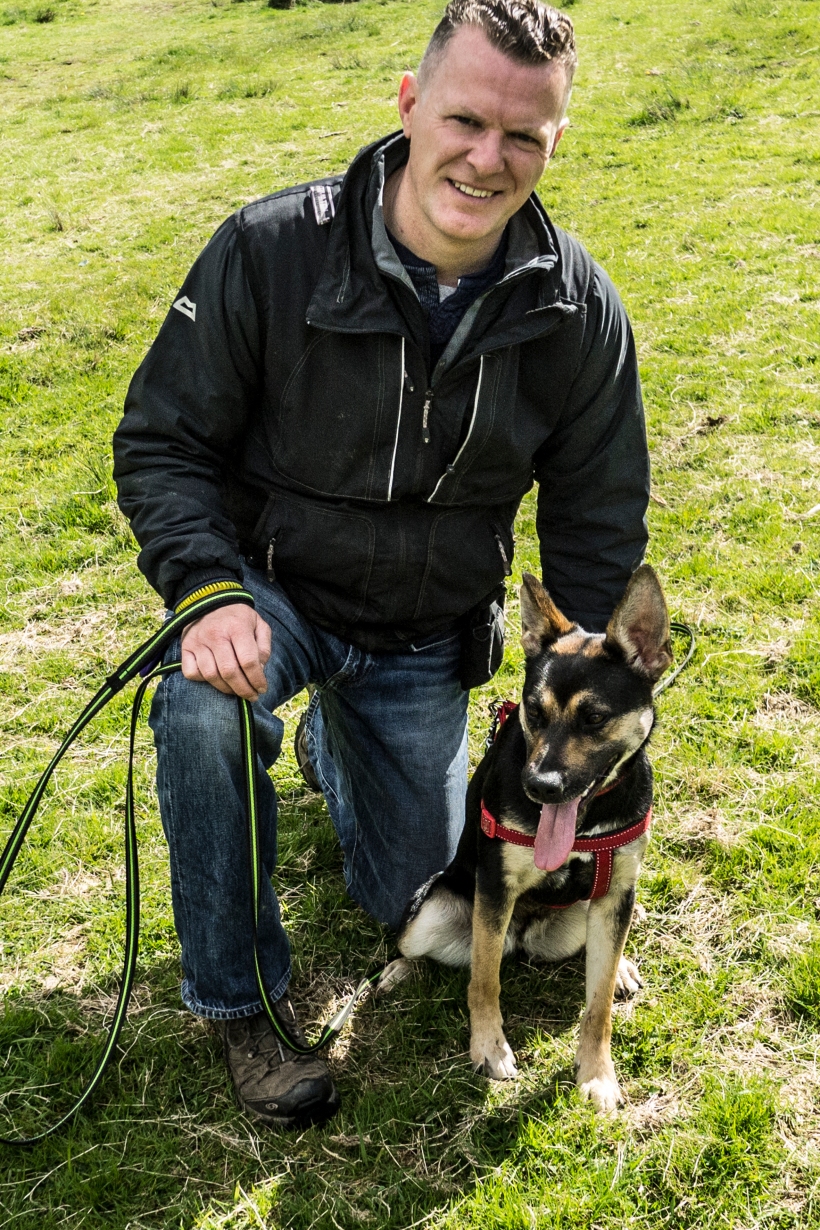Last time, I talked about some of the problems we can have with fitting dog training into our busy lifestyles, balancing making progress with the time we have available and keeping the stress to our dogs to a minimum.
https://glasgowdogtrainer.wordpress.com/2013/02/02/fitting-dog-training-into-our-lives-part-1/
In this week’s blog, I’ll look at practical ways of fitting training into your life with your dog. In my experience, dogs tend to learn better from short, frequent training sessions rather than one or two long ones. Fitting in 5 two- or three-minute sessions a day yields more benefit than doing one long 30 minute session. That said, a 30 minute training session when you have time, can be further broken up into several mini sessions within that period, which I’ll also discuss.
Your dog’s daily walk is an ideal opportunity to fit in some training. Stopping every 25 of 30 paces or so, and asking for a behaviour such as sit, look at me, or a hand touch, means that over the course or a 30 minute walk, you can fit in several hundred training trials. This also has the added benefit of helping your dog to generalise the behaviour. Dogs don’t tend to generalise training very well, which is why you may find it very easy to ask your dog to perform a behaviour in your house or in the training class, but wonder why he has difficulty with the same request in a different scenario. When you are out on your walk, the environment, from the dog’s point of view, is constantly changing. The position of street furniture like lamp posts and bus shelters constantly changes as you are walking as do driveways, parked cars etc. Whereas we see the area we are walking around as our neighbourhood which is familiar, from the dog’s perspective, it is a changing environment. The more we ask a dog to generalise his behaviour, the easier it becomes for him.
One of the other plus sides we from training on our walk is that we can use the changing environment to reward the dog for doing what we request so we don’t have to rely on food rewards or toys. Dog’s like to sniff, explore, greet other dogs and people etc, so we can use this to reinforce behaviour. We walk along the street, stop and ask our dog to sit and when she does, we release her to go and sniff the lamp post as a reward.
If we use a portion or the dog’s daily food as training rewards, we can always have it handy in the house. This way, when we are waiting for the kettle to boil if we are making a cup of tea, we can do a dozen or so repetitions of a behaviour we are working on. Television is now able to be paused when we are watching it. This means that if we are watching one of our favourite shows, we can train during the adverts (commercial break to those outside the UK) and pause it as the show starts again. What this allows us to do it do two 6 or 7 minute sessions during an our long episode of CSI New York or Grey’s Anatomy, by pausing the show during it’s broadcast, train for a few minutes, and then fast forward through the next set of adverts/commercials to catch up the time we have lost during training. It also has the added benefit of using our precious time to our advantage and not have to sit through mind numbing adverts for mis-sold PPI. We have then spent an hour watching our favourite Tuesday night drama and training our dog for 12-15 minutes as well.
Finally, when we take our dog to the park, we can use the time to train our dog as well as exercise him, again using the same life rewards such as running off leash and sniffing etc to reinforce our training. When you bring the ball out, ask the dog to sit, lie down, bark, touch your hand etc before you throw the ball. When you see another dog approaching, recall your dog, and then release him to go and say hello as a reward. Using this method, we can fit in dozens of training opportunities into a 45 minute of leash walk in the park.
Until next time, happy dog training.
John

